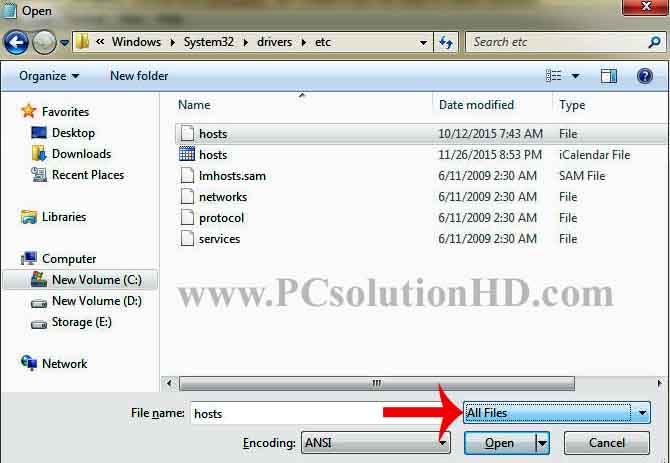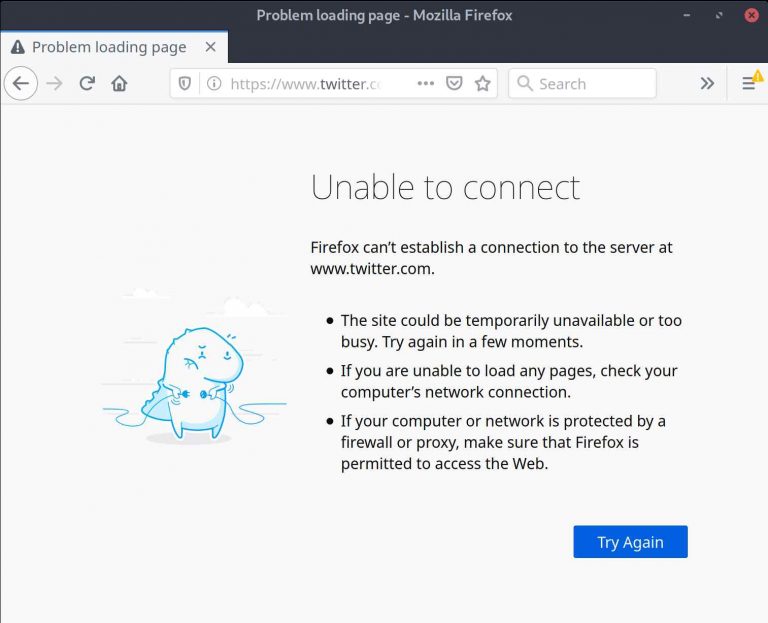

Finally click on “Save” to save our routine: Screenshot of Amazon Alexa app ‘final routine’ (before saving it) Never play this again We finally want to select which device Alexa will say this from, which should be “The device you speak to”. Here we put the message we want to play, which can be “No, this song is disabled”: Screenshot of Amazon Alexa app ‘custom response’ what happens instead of playing our annoying song! So click “Add action”, then “Alexa says” and finally “Customized”. In this case, it will be “play I am a gummy bear”, so click “When this happens” and then click “Voice” and input the command accordingly: Screenshot of Amazon Alexa app ‘voice trigger’Ĭlick ‘Next’, and then we’ll want to enter the action – i.e.
Echofon block certain words plus#
Launch the Alexa app, and click the menu at the top left, before clicking ‘Routines’: Screenshot of Amazon Alexa app ‘create routine’Ĭlick the plus icon in the top right, and firstly enter a routine name: Screenshot of Amazon Alexa app ‘enter routine name’ This works in a very similar way to Google Home. Just make sure that no-one else is able to drag and drop their own music to this music library! Amazon Alexa/Echo Amazon routines You can then add your favorite MP3s to the Play Music library, and these are the only songs which can then be played from your Home device. The exact steps are outlined in a video I made previously, but it revolves around choosing Google Play Music as your Google Home’s music source. This might sound extreme, but if you mainly listen to songs that you already have on CD or MP3, it can work really well.

In other words, instead of allowing all music but banning 1 or 2 songs (a blacklist), you can instead start with no music and only allow songs you want (a whitelist). I like to consider this method “opt for music whitelists not blacklists”. Thumbnail of my Google Home music video showing Change music source to MP3s (whitelist not blacklist) So this is a good option if you want to block as many explicit songs as possible, but it’s no good if you only want to stop particular songs from playing. You can choose to only allow ‘non-explicit’ music, although they do caution that this isn’t 100% fool-proof: the odd non-explicit (or potentially offensive) song may still slip through and play. You can restrict the music that plays via the ‘ Digital Wellbeing‘ settings section (within the Home app). Select the checkbox (to enable this response), and then click the settings cog to enter what you want your Google Home device to say: Screenshot of Google Home app ‘voice response’Ĭlick ‘OK’ and then ‘Add’ at the top, then click ‘Save’ to save this overall routine: Screenshot of Google Home app ‘final routine’ Only allow ‘non-explicit music’

Do this by clicking ‘+ Add action’ and then ‘Browse popular actions’, before scrolling to the bottom to the custom responses section: Screenshot of Google Home app ‘custom responses’ You will want to enter “Add commands (requires”), which will be what people say to play the song: Screenshot of Google Home app ‘voice trigger’Ĭlick ‘OK’, and then you want to say what should happen (instead of playing the song). To do this, open the app up, click on ‘Routines’ from the home screen of the app: Screenshot of Google Home app homepageĬlick ‘Manage routines’ at the bottom, and then click ‘+ Add a routine’: Screenshot of Google Home app ‘create routine’ These allow for one or more custom actions to be performed when you say certain things (such as turning on the lights and heating when you say “ Hey Google, I’m up“).īut you can also use routines to respond with something like ‘Sorry, this song is disabled’ (or simply ‘Nope’!) when someone says “ Hey Google, play “. You can set-up custom routines via the Google Home app. 2.4) Change music source (whitelist not blacklist) – rely on specific MP3s Google Home Using custom routines


 0 kommentar(er)
0 kommentar(er)
